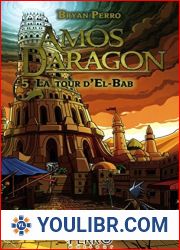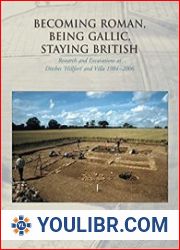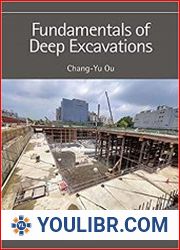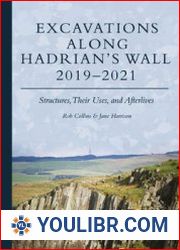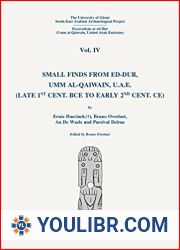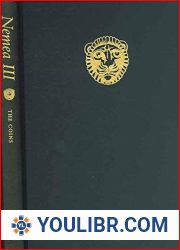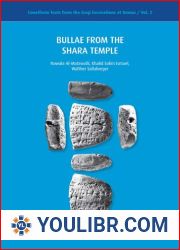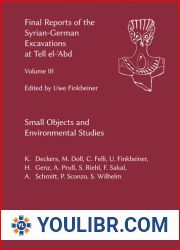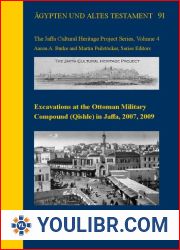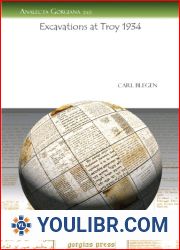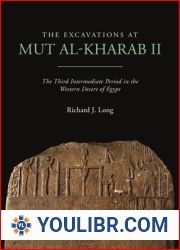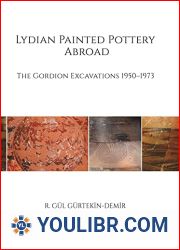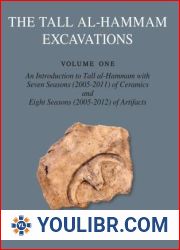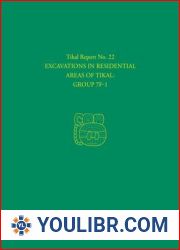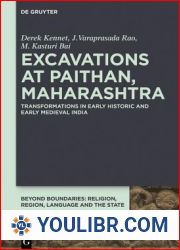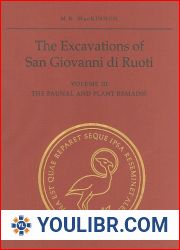
BOOKS - Bab edh-Dhra': Excavations at the Town Site (1975-1981), 2 part set: Part 1: ...

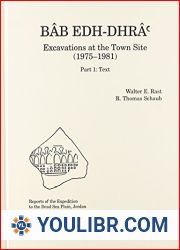
US $9.92

127222

127222
Bab edh-Dhra': Excavations at the Town Site (1975-1981), 2 part set: Part 1: Text; Part 2: Plates (including CD-ROM) (Reports of the Expedition to the Dead Sea Plains)
Author: Walter E. Rast
Year: December 1, 2003
Format: PDF
File size: PDF 21 MB
Language: English
Year: December 1, 2003
Format: PDF
File size: PDF 21 MB
Language: English
The important Early Bronze Age site of Bab edh-Dhra', on the lisan near the Dead Sea in Jordan, was first excavated by Paul W. Lapp in the 1960s. The first volume of the Reports of the Expedition described the burial practices and artifacts revealed in the 1965-67 Bab edh-Dhra' excavations directed by Lapp. This second volume reports on the four seasons of excavation, from 1975-81, at the town site, directed by Walter E. Rast and R. Thomas Schaub. It focuses on the lifeways of the Early Bronze Age peoples who inhabited the site during the Early Bronze Age. The stratigraphy and changing architectural practices of five major phases are fully documented and interpreted, with extensive plans and sections. Alternating chapters trace the development of the ceramic sequences, accompanied by innovative statistical analyses of the wares, forms, types, and function of the town assemblage. The results of the ceramic studies are compared to the contemporary cemetery ceramic sequences and other important excavated Early Bronze Age sites such as Arad, Jericho, Ai, Megiddo, and Tel Yarmuth. A series of integrated studies based on the town site sequences focuses on the adaptive agricultural practices of the Early Bronze Age people, revealed through the paleobotanical evidence, pollen analysis, and the ground stone industry. Specialized studies on the chert tools, metals, jewelry, and glyptic art offer new insights into the cultural patterns that distinguish this period. A new series of C14 dates helps to situate the Jordanian material within the contemporary cultural sequences of the fourth and third millennia in Egypt and Mesopotamia.








